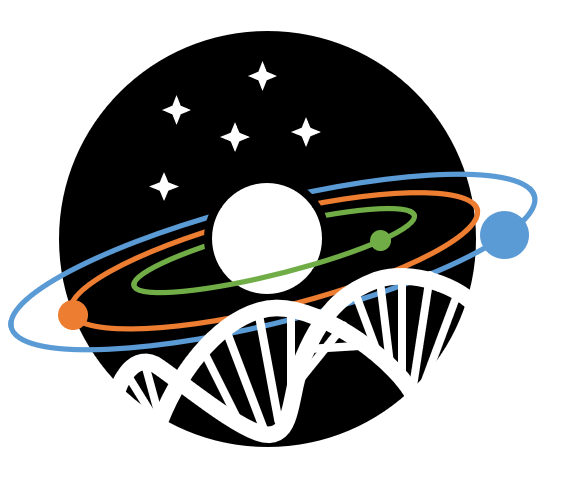
Exoplanetary Biosignatures and Life-Detection Strategies via Remote Sensing
With the discovery of the first handful of Earth-like planets by the Kepler space telescope, finding life on another planet outside our solar system has become not only feasible but also much less unlikely. The Hubble and Kepler space telescopes are only the beginning of a series of space telescopes to be launched in the very near future in order to search for stars in our galaxy, which are orbited by planets, possibly planets like our Earth.
Up to now, most exoplanets have been detected by monitoring the brightness of the host star, which drops every time a planet transits in front of it. This so called transit method however is unable to tell more about the specific properties of a planet, let alone whether it could harbour life or not. With more and more advanced telescopes, for example the soon to be launched James Webb space telescope, it will become possible to directly image planets and even spectrally resolve reflected or transmitted light from the planet. A planet, which orbits its star at a distance where temperatures are such that liquid water could be found on the surface, is called to be in the habitable zone. Planets in this zone might also possess an atmosphere similar to our planet. Directly imaging such an exoplanetary atmosphere could potentially tell us more about the planet’s capability to harbour life. We could even be able to detect specific biomolecules and biosignature gases indicative for life. Understanding atmospheric processes and chemical pathways of biosignatures is therefore key to identify and interpret correctly exoplanetary spectra. So far scientists relied strongly on software modelling of planetary atmosphere.
The here proposed research project aims to validate these models by performing laboratory experiments as well as experiments in space, and to support the search for suitable biosignatures in order to successfully interpret current and future astronomical observations of exoplanets. The proposed approach intents to design, develop and implement a planetary simulation chamber with in-situ spectroscopic and mass spectrometric capabilities. By simulating specific atmospheric parameters such as pressure, temperature, gas composition in a given radiation environment will allow us to monitor photo(chemical) pathways of candidate biosignature molecules and to understand better their spectroscopic fingerprint. Additional experiments on the International Space Station as well as other space exposure platforms will complement our picture of atmospheric reaction kinetics and biosignature stability. Results will be fed back into model calculations and will serve astronomers as a target list of atmospheric biosignatures to find possible traces of life on other planets.

